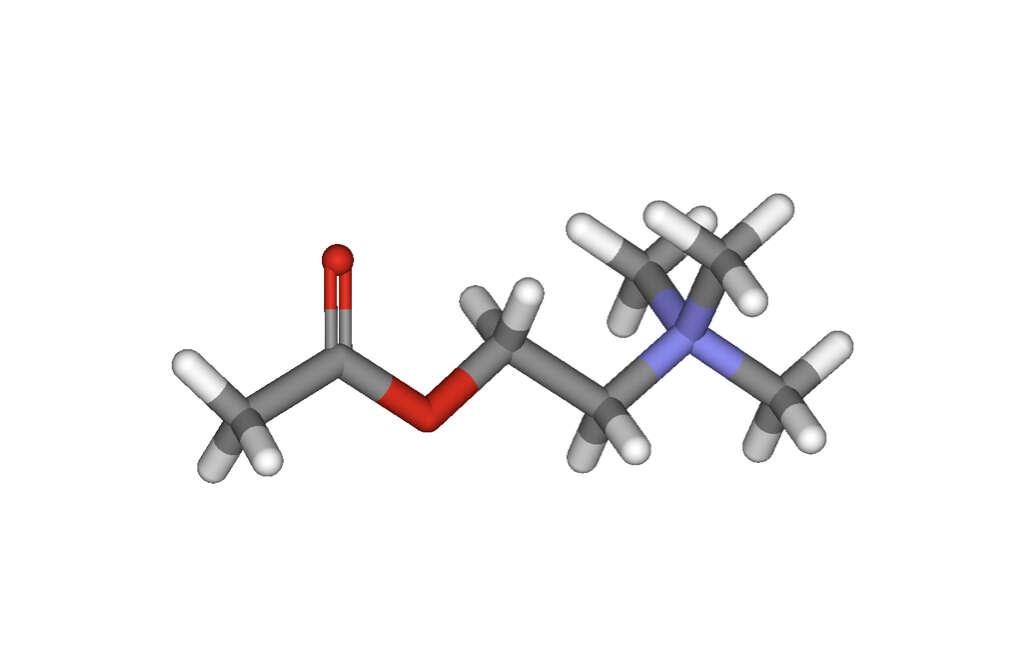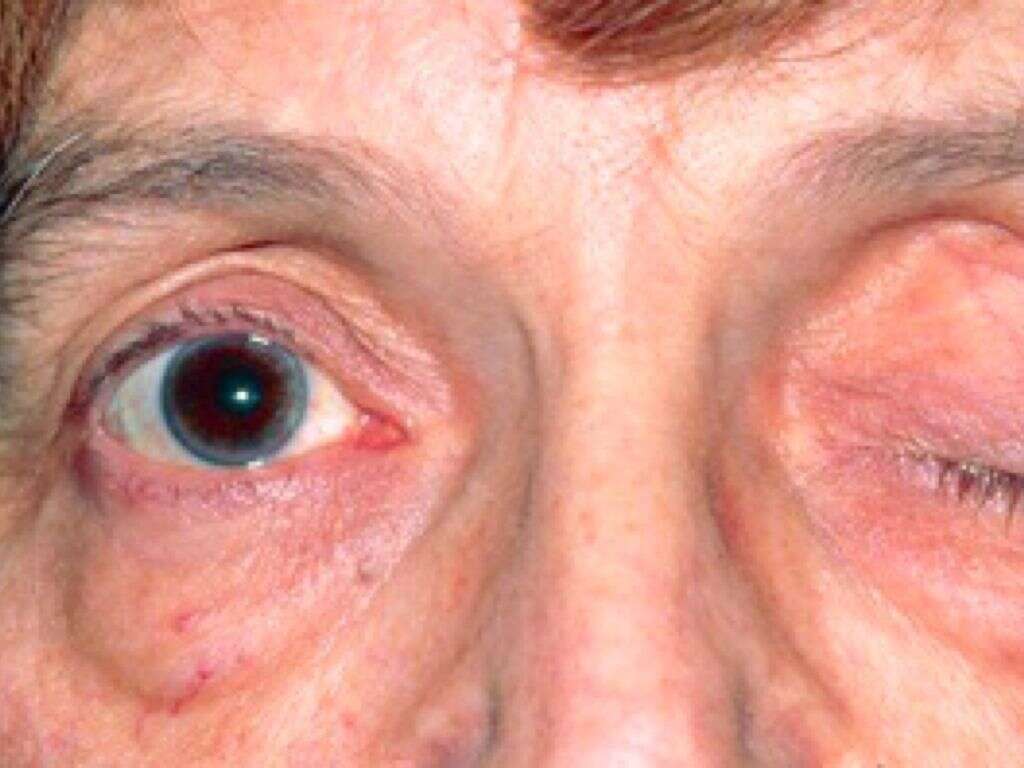What Is Myasthenia Gravis?
Signals are constantly being passed throughout our bodies. These signals will often be to help control involuntary actions such as breathing, the beating of our hearts, and digestion. They will also sometimes be voluntary movements such as moving our limbs and other body parts. If something was to prevent these signals from working, we could lose our ability to move our body.
One example of this happening is myasthenia gravis. It is a condition that develops gradually and the patient will likely only feel light weakness to begin with. As it progresses, however, it can become increasingly debilitating, and even dangerous.

1. Myasthenia Gravis
Myasthenia gravis is a condition that causes the patient’s muscles to become easily fatigued and weaker than usual. The symptoms can affect muscles in different parts of the body and it can lead to the patient losing control over certain muscles altogether. Such is the severity of the symptoms in some cases that the patient can become dependent on other people.
In addition to causing the patient to lose their independency, myasthenia gravis can also lead to some life-threatening complications. There is no cure for the condition but treatment is available that can help to at least reduce the severity of the patient’s symptoms.

2. Acetylcholine
Acetylcholine is a protein that is also a type of neurotransmitter. This means that it helps messages to be passed around the body. Acetylcholine is found in receptor sites where our muscles meet our nerves. It is very important for us because it allows our brain to successfully send messages to our muscles.
Myasthenia gravis is a type of autoimmune condition, which means the body is being attacked by its immune system. In this instance, the immune system is attacking the receptor cells that acetylcholine fits on to. As these receptors become damaged and destroyed, fewer messages from the brain are able to make it to the muscles.

3. Thymus Gland
The thymus gland is a gland that is located in just beneath your sternum (breastbone) in the upper part of your chest. It tends to be relatively larger in babies and children as it plays an important part in the immune system. As we get older, however, its part in the immune system decreases, and the gland grows smaller.
In adults, the thymus gland tends to be a small area of fatty tissue. For some people, however, this gland will be larger than usual. It is thought that the gland is responsible for certain antibodies that block acetylcholine, thus resulting in myasthenia gravis. This can also be caused by thyomas which are tumors of the thymus gland.

4. Antibody-Negative Myasthenia Gravis
If a pregnant woman has myasthenia gravis then there is a chance that their child will also have it at birth. This is known as neonatal myasthenia gravis, and the child will usually recover within just a couple of months if they are found treatment in time. There is also congenital myasthenic syndrome, which is a rare type of the disease that is inherited genetically.
Another variety of the condition is antibody-negative myasthenia gravis. This means that the condition is not caused by antibodies that block acetylcholine. In this instance, antibodies are present that instead affect a protein known as lipoprotein-related protein 4.

5. Symptoms
The symptoms of myasthenia gravis can improve with rest and weakness of the muscles can come and go. However, they will still gradually progress as the years go by. Any of the muscles that you usually control voluntarily can be affected, but some muscles are more likely to be affected than others are.
Many people with the condition will find their throat and face muscles affected. This can affect their ability to pull facial expressions and their ability to chew, swallow, and speak. Eye muscles can also be affected, potentially causing double vision and drooping eyelids. Muscles in the limbs and neck can also be affected, affecting the patient’s ability to walk, and move their head.

6. Complications
In addition to the symptoms mentioned, myasthenia gravis can also lead to some dangerous compilations. One of these is a myasthenic crisis. A myasthenic crisis is a condition where the muscles that help us to breathe become ineffective to the point where we are no longer able to draw a breath.
A myasthenic crisis is an immediate threat to the patient’s life and should be treated as such. If myasthenia gravis is caused by tumors in the thymus gland then these tumors will sometimes turn cancerous, although this is not at all common. Hypothyroidism or hyperthyroidism are other potential complications the patient may develop.

7. Diagnosis
To help diagnose your condition your doctor will likely want to ask you about your medical history and about your symptoms. They will also likely want to have some other tests undertaken. These include tests that will help measure your muscle tone and strength, coordination and balance, and reflexes.
Placing an eye pack over a droopy eye for two minutes would indicate myasthenia gravis if the drooping improves afterwards. Injecting a certain chemical will also suggest the condition if it causes an improvement in the patient’s symptoms. Other tests include blood tests, nerve stimulation tests, the use of imaging techniques, and measuring electrical activity.

8. Medication
While myasthenia gravis cannot be cured, medication is available that will help to improve the patient’s symptom. This includes medication that will help to improve the ability of messages to pass between muscles and nerves. Medication may also be used that will help to suppress the patient’s immune system.
Although these medications can help, some will take a long time before they begin to have any effect. Some will also come with some very unwelcome side effects and should only be used under expert advice. If you have do have a bad reaction to any medication then you should stop taking the medication and let your doctor know right away.

9. Intravenous Therapy
In addition to medication, intravenous therapy will also be used to treat myasthenia gravis in some cases. This can include Intravenous immunoglobulin which helps to change the body’s autoimmune response. Another potential intravenous therapy is plasmapheresis, which helps to filter certain antibodies from the patient’s blood.
Plasmapheresis cannot reverse any damage that has already been caused, and the effects of the treatment will only last for a few weeks or so. If these treatments are not successful then monoclonal antibody therapy may be used instead. All of these methods come with side effects and tend to be used only when absolutely necessary.

10. Surgery
In some cases, a thymectomy will need to be performed, but it can be a long time before the patient starts to see any benefit from the procedure. The procedure can be performed by open surgery, although minimally invasive surgery may be a possibility in some cases. Minimally invasive surgery will decrease the chance of complications arising from the procedure.
This is often performed in patients that have tumors in their thymus gland. However, it is also sometimes performed where no tumors are present. Removing the gland will hopefully prevent the production of antibodies that cause myasthenia gravis, but it will not be able to reverse any damage done.












